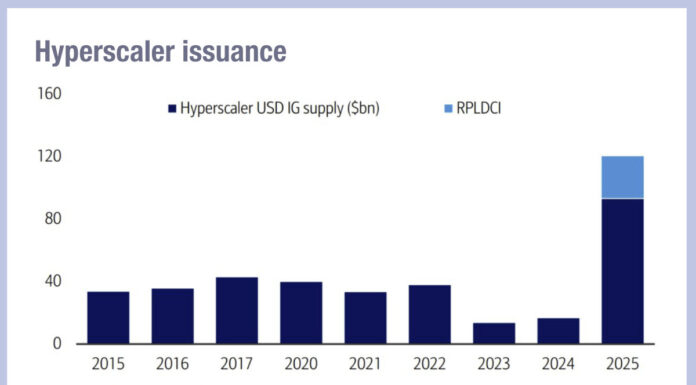New research published by investment bank Barclays has suggested there is a limited use of transaction cost analysis (TCA) tools for purposes beyond regulatory reporting. The research captured responses from 130 of Barclays counterparties identifying as asset manager, hedge fund, insurance firm or official institutions across US, Europe and Asia.
While the total size of the global fixed income market represents is approximately US$130 trillion in outstanding debt, greater than the total market capitalisation for stocks, the number and type of instruments within the debt market is more diverse. That fragmentation of instruments makes standardised trading processes, and information on any individual security harder to obtain.
In addition, fixed income investment patterns largely owe less to changes in asset value and more to return on the debt, relative to risk. That typically leads to lower levels of portfolio turnover relative to equity portfolios, amongst institutional investors.
The collective impact of lower turnover and higher instrument fragmentation is that price changes for individual securities are less frequent – and more sporadic – than for FX, equities and futures.
As TCA offers a benchmarking of trading against price or liquidity based on available data it is less functional in fixed income trading. The research found that 68% of counterparty volume by ticket numbers, and 56% by notional value was transacted electronically.

“We’ve seen significant electronification, as well as adjustments in how firms trade fixed income securities over the last five years, but also observed a rapid acceleration over the last couple of years,” says Matthew Coupe, Director of Cross Asset Market Structure for the Global Markets business at Barclays. “As more firms migrate to electronic trading, the trend becomes self-perpetuating.”
It also found that over 60% of respondents indicated did not have an execution management system (EMS), which is surprisingly low based on the levels found by other research – typically around 90-90% which do not use an EMS – with less than half looking to implement one by the end of 2021.
According to the survey many investors, but particularly those in the Americas, indicated that they have experienced pricing fragmentation across different platforms for the same instrument, with only 6% in US credit trading not experiencing it, compared with 24% in European credit. Equally 35% were unsure if they had experienced fragmentation in Europe, compared to 11% in the US where there is a benchmark post-trade tape of bond pricing, giving more certainty.
In The DESK’s own survey of buy-side TCA use in fixed income only 49% of traders reported using TCA for regulatory purposes, more important uses were that of broker performance assessment and client reporting (57%).
©Markets Media Europe 2025













